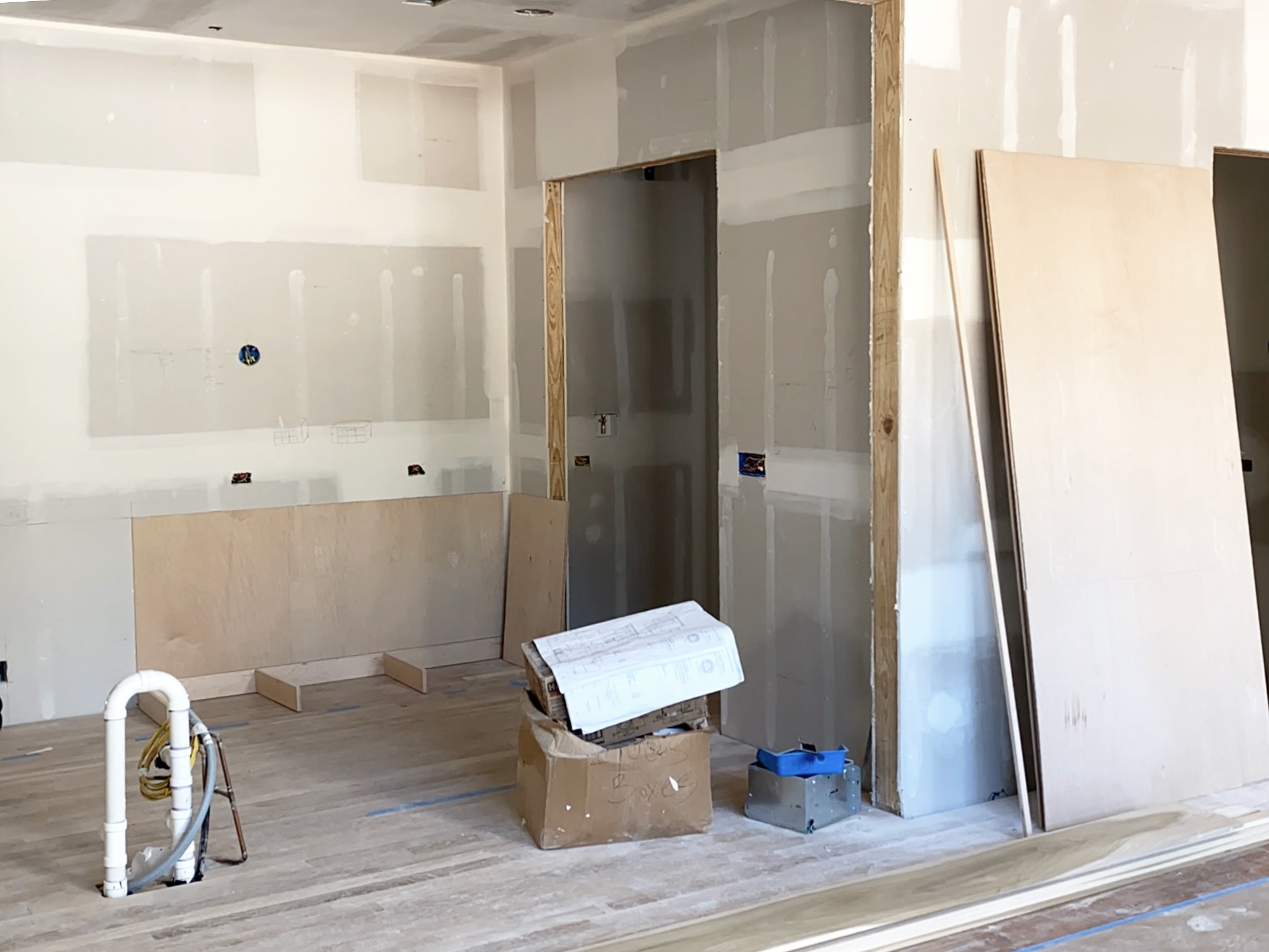Sheetrock Repair: Common Wall Texture Types and Fixes
Oct 7, 2022

Understanding Wall Texture Types for Sheetrock Repair
When it comes to repairing damaged sheetrock, the texture of your walls plays a significant role in how the repair should be handled. Each type of wall texture has its own unique application technique, and replicating that texture can be challenging. Here are some of the most common wall texture types you might encounter in your home:
1. Smooth Texture
Smooth texture is a completely flat and even finish with no bumps or patterns. It’s ideal for modern and contemporary homes.
Repair Tip: For repairs, simply apply joint compound and sand it smooth to match the surrounding walls.
2. Knockdown Texture
Knockdown texture features a rough, flattened surface with uneven peaks and valleys. It’s often used for a more casual, rustic look.
Repair Tip: To patch knockdown texture, you’ll apply joint compound, smooth it with a drywall knife, then knock it down to create a flattened, bumpy surface.
3. Orange Peel Texture
This texture has small, circular indentations that resemble the skin of an orange. It’s a popular choice because it’s subtle and hides imperfections well.
Repair Tip: Recreating orange peel texture requires a spray application of joint compound, followed by a light knockdown.
4. Slap Brush (or Brush Stomp) Texture
Slap brush texture is created by using a large brush to apply joint compound to the wall, then “stomping” the brush into the compound to create raised, random patterns.
Repair Tip: Recreating slap brush texture can be tricky, especially with the random pattern. It may require multiple applications to get the desired effect.
5. Skip Trowel Texture
Skip trowel texture is made by applying joint compound with a trowel, then skipping it across the surface to create a random, uneven design. It has a natural, rustic look.
Repair Tip: Replicating skip trowel texture is challenging due to its uneven, hand-applied nature. It requires careful attention to maintain the random design while ensuring the compound layers dry properly.
6. Popcorn Texture
Popcorn texture is a bumpy, raised surface often found on ceilings but sometimes used on walls. It’s less common today but was popular in older homes for its noise-dampening qualities.
Repair Tip: If repairing popcorn texture, it can be difficult to replicate. Removing it and applying a different finish is often easier.
Why Does This Matter for Your Sheetrock Repair?
Understanding the texture type of your walls is essential when planning a sheetrock repair. Each texture requires a different approach and the right materials. While we can get very close to matching the original texture, achieving perfect replication is challenging. Your guests may not notice the difference, but you will likely spot the slight variation in texture.
What Does This Mean for You?
When determining how much imperfection you’re willing to tolerate, keep the texture type in mind. Higher tolerance may allow you to make a smaller patch that blends well enough. Lower tolerance may require a larger area to patch, and this could involve additional layers of compound and longer drying times, which might increase the cost.
